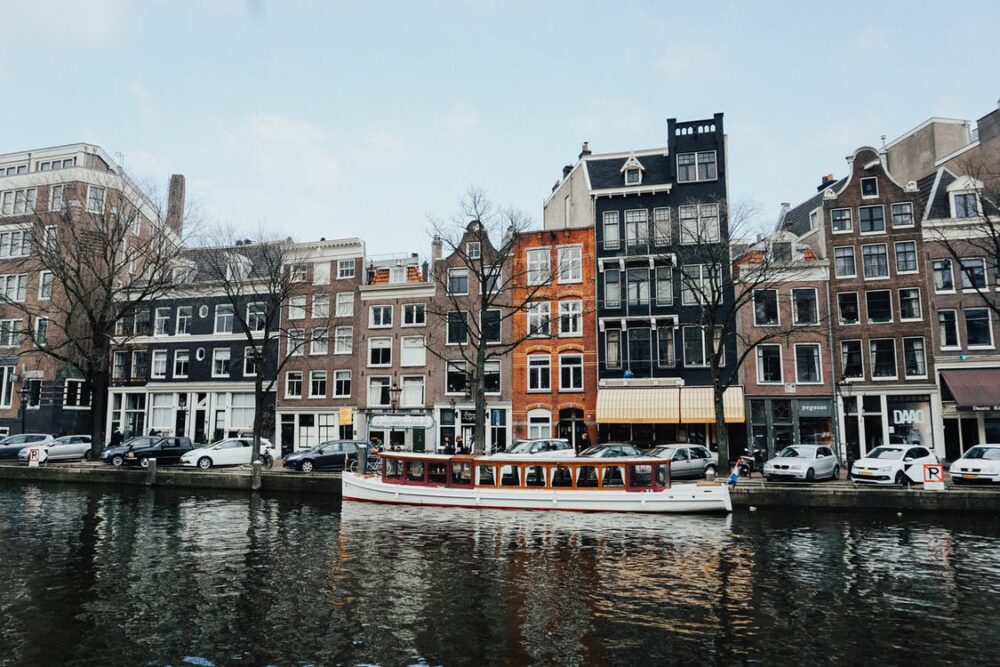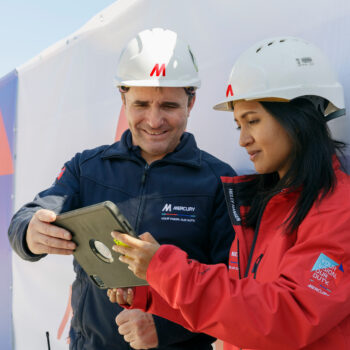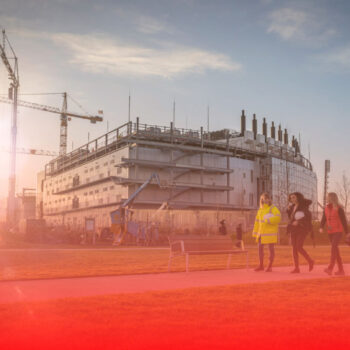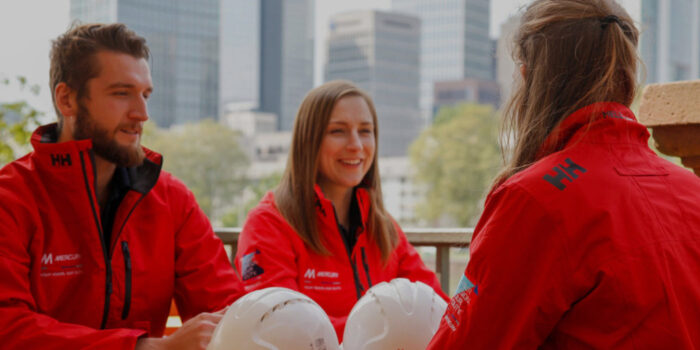News & Insights

Mercury’s six steps to achieving safety excellence: Netherlands Case Study
Mercury are currently undertaking a design and build Hyperscale Data Centre project in North Holland, Netherlands for a confidential client. The project scope comprises a turnkey package with Mercury responsible for the full design as well as the build of all Civil, Structural, Architectural (CSA) elements as well as Mechanical, Electrical, Fire Protection, Telecoms and Security including the setting to work and commissioning of all packages and integration.
Our safety commitment
Mercury place a major emphasis on creating a culture of safety on all our projects. In this regard, we empower all project personnel to intervene where they see any unsafe acts or works deviating from the agreed methodology. We ensure that all project activities are thoroughly planned out with major focus on High Risk Activities (HRAs) and risk prevention & mitigation at the fore of all planning.
With the project progressing on site since late 2018, we are proud to announce that, to date, with in excess of 350,000 project hours, we have had no Lost Time incidents on the project.
How we achieve this
1. Leadership – Everybody in Mercury, from our CEO to our front line employees contribute to building and sustaining an organisational culture that places safety as our number one priority across all projects. Management lead by example with the support of the construction team which drives employees to feel engaged with the message and empowered to make a difference.
2. Training – Proactive, hands on, collaborative approach with all sub-contractors to ensure Mercury standards are being achieved (SPA training, MSP, SSSP).
3. Safety in Design – We adopt the design, specification and products to tailor designs to incorporate safe methods of works and installation, without compromising our employer requirements.
4. Planning – We utilise a 12 week and 4 week activity look-ahead to ensure that works methodologies are planned out in detail, all high risk activities (HRAs) are identified and risk prevention & mitigation measures are put in place. This is carried out in conjunction with daily activity planning of works & HRAs to ensure they are coordinated with all other trades and that exclusion zones are respected by each trade. Detailed Risk Assessments and Method Statements are drafted and reviewed by both Safety and Construction Management and Daily Safe Plans of Action are developed by the work crews and direct supervision.
5. Auditing and Continuous improvement – We make extensive us of leading and lagging indicators to promote and monitor continuous improvement activities of our safety management systems. We also complete daily audits of work activities to ensure work crews are adhering to the agreed plan as set out in the RAMS and SPAs, ensuring that we have adequate leadership in the field at all times. We have also adopted and implemented a High Risk Activity (HRA) programme to drive improvement across all projects.
6. Rewards & Recognition – Mercury operate a rewards & recognition programme across all of our sites where best in class practices are identified during daily audits and individuals are recognised among their peers for implementing those best in class practices. This promotes a very positive safety culture on all of our sites.
Our QEHS Standards
Mercury rigorously implement its QEHS policies and procedures to ensure industry leading project delivery and most importantly, the safety and well being of all its employees.


